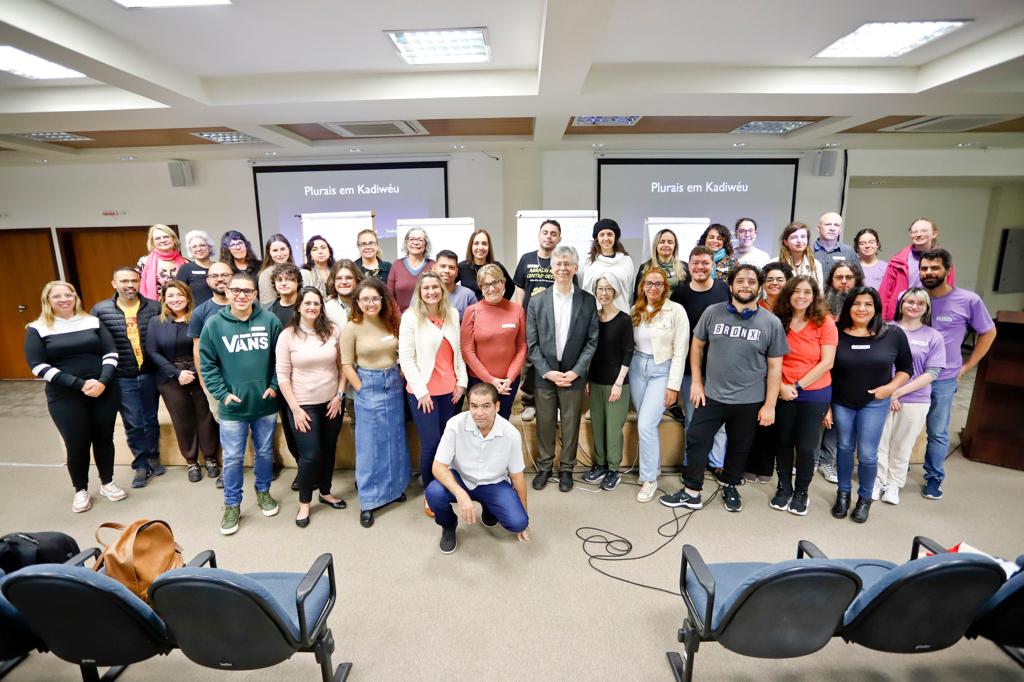Speaker: Magdalena Lohninger and Yiannis Katochoritis (MIT)
Title: It’s getting out of control! – Control, the A/Ā-distinction and the subjecthood of pivots in Austronesian languages
Time: Tuesday, November 7th, 1pm - 2pm
Location: 32-D461
Abstract: Control has long been employed as diagnostic of subjecthood: in an active embedded clause, the controllee should invariably correspond to the agent qua external argument. Yet, the very notion of subjecthood breaks down in Austronesian-type voice systems where one argument is promoted to “pivot” and triggers a particular morphological form on the verb without altering its valency: subject properties are distributed between the agent irrespective of pivothood, and the pivot irrespective of θ-role, though not in a uniform manner (Schachter 1976; Guilfoyle et al. 1992).
The status of Austronesian voice-marking has been subsumed under three syntactic analyses: (i) pivots are established in vP/VoiceP via a process of object shift and subsequent Ā-Agree reflecting structural case, θ-role or extraction site; (ii) voice-marking reflects absolutive case assignment in a (split-)ergative system; (iii) pivots are (hanging or internal) topics.
We examine this debate on the basis of control structures, where Austronesian languages are divided into two types: type A, in which control targets the pivot (e.g., Malagasy, Acehnese), versus type B, in which control targets the external argument irrespective of voice-marking (e.g., Tagalog, Madurese). The picture gets murkier through the existence of embedded voice restructuring, default uses of Agent Voice morphology, backwards and crossed control configurations, and restrictions on matrix-embedded Voice matching.
At the same time, Austronesian pivots differ with respect to the definiteness/ specificity restriction and A/Ā-related properties such as anaphor binding. Particularly the latter forms two types of languages: type C, in which pivots reconstruct (e.g., Malagasy, Tagalog), versus type D, in which promotion to pivot feeds binding (e.g., Acehnese).
Given that types A & B of control do not fully overlap with types C & D of binding, we delve into the properties of pivots on a language-specific basis, and suggest that their A/Ā-nature is neither uniform nor absolute, but spreads over a continuum: some pivots are more A-like elements, some are more Ā-elements, and some are mixed, each determined by the type of features involved in the derivation of voice-marking. Such differences might stem from a diachronic transition from Ā-to-A syntax of voice marking (see also Chen & Patrianto 2023), each possibly correlating with several aspects of the clausal structure, such as word order, position of the non-pivot agent and allomorphy.
We conclude that the notion of “pivot” might be a structural epiphenomenon and subject to variation, in which case a uniform syntactic analysis of voice marking should be untenable.

